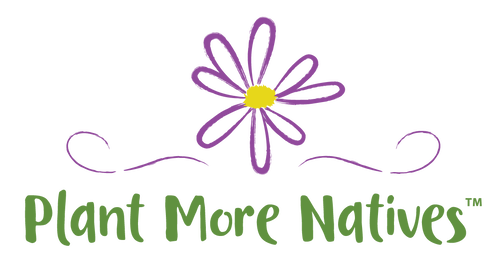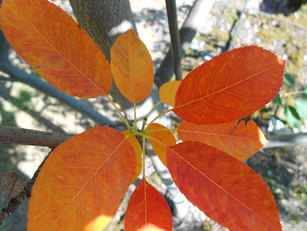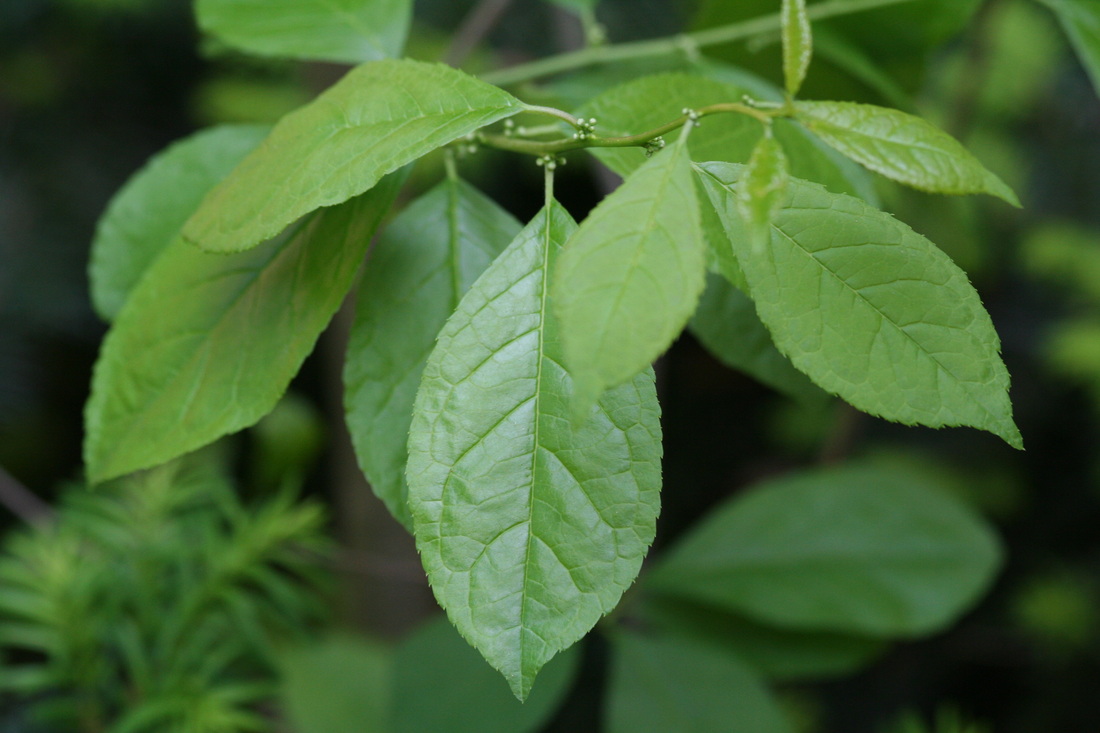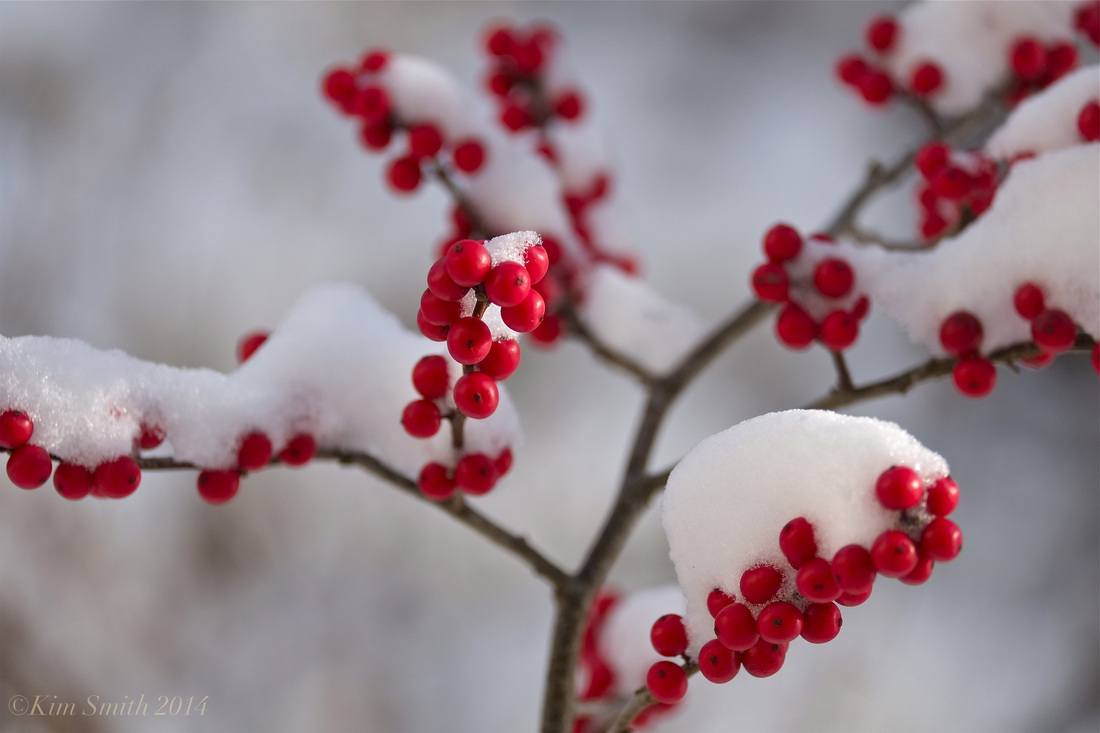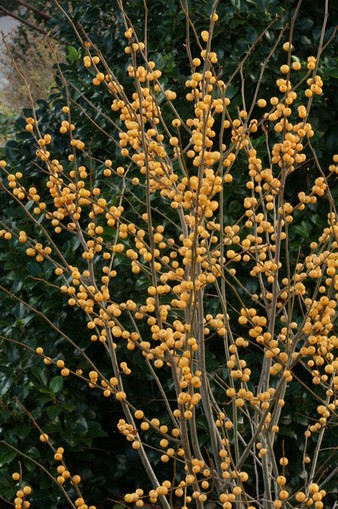|
I think we can all agree today's front foundation beds should be a mix of evergreen and deciduous plants. The best part of the different seasons is the anticipation of the plant changes from one season to the next. Right now, I can't wait for the popping of buds and that chartreuse leaf color of early spring. So what does any of this have to do with native plants? A lot. For many of us, native plants are thought of as the wild ones, relegated to the backyard, perhaps the far backyard. Most of the available species and cultivars are deciduous, maturing at obnoxiously large sizes. Here's where an understanding of plant size and shape as well as some of the basic steps to design I've discussed so far come into play.
For another example, how about Winterberry (Ilex verticillata)? Although it's part of the Holly genus, the leaves are soft and the plant is deciduous. Depending on the cultivar, it ranges in mature height from 5 to 9 feet. The bloom and fall color are nothing to write home about. But the winter show of berries on this upright shrub is simply fabulous. But please note, a male Winterberry that flowers at the same time must be planted somewhere in the yard for cross pollination and eventual berry production. This plant makes a terrific multi-stemmed small tree on the foundation. My third example is Magnolia, but not the large evergreen you may be familiar with. Two trees, or perhaps large shrubs, for consideration are Magnolia x grandiflora 'Little Gem', which is evergreen, and Magnolia virginiana (Sweetbay Magnolia). Both of them are upright and can be used on a house corner or between windows. You can keep them even more narrow by judiciously pruning the outer most limbs. The mistake most of us make is planting too close to the foundation for instant gratification, not accounting for the mature size of the plants. Set the buckets. Then force yourself to pull them off the foundation to the appropriate distance and then some, keeping in mind that the first year they sleep, the second they creep and the third they will certainly leap. Also, where plants are happy, they can outgrow the stated heights and widths by as much as a foot in all directions. Landscape materials are expensive and a long term investment for a home. It pays to be patient and anticipate the end result. Here we've looked at large native plants used as small trees at the foundation. Next time we'll talk about several smaller native shrubs for the foundation and why they work well.
|
Welcome to my journal. For over 20 years I've created original landscape plans to help homeowners increase property value and really enjoy their yards. I approach every project as an unique opportunity to develop a work of living art, one that will require minimal care and age beautifully with time. In this journal, I will share some of my field experiences and tricks of the trade with you. Feel free to email questions. Thanks for visiting.
Archives
February 2019
|
